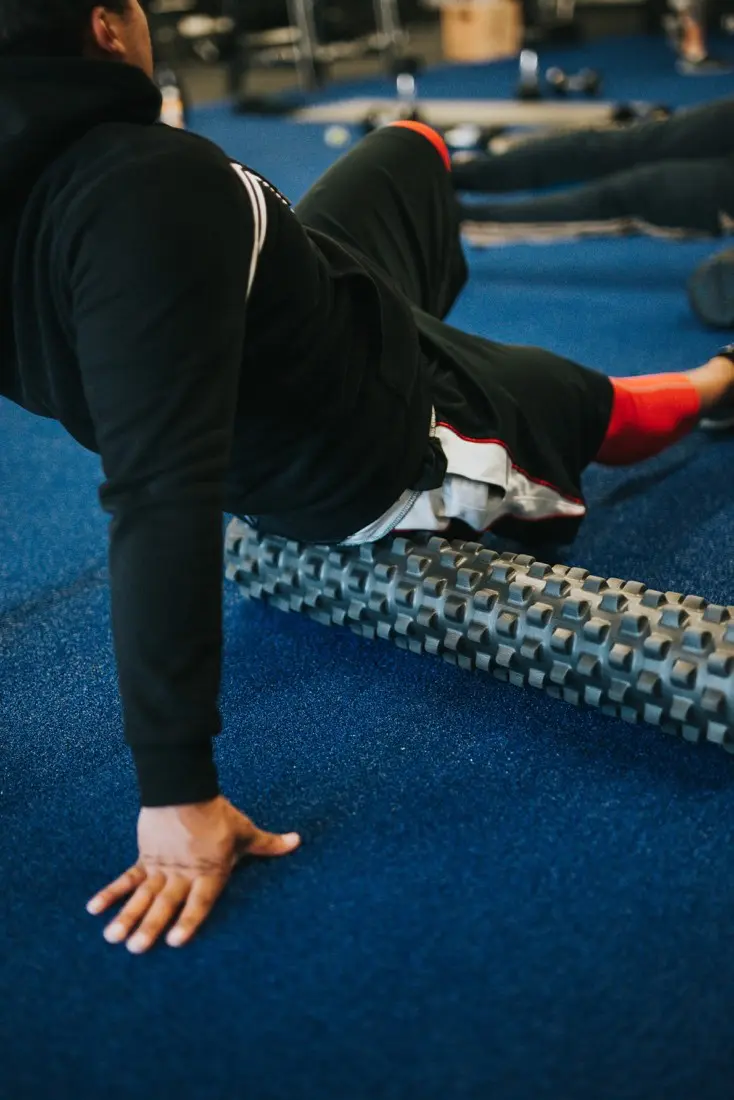Lower back pain is one of the most prevalent pains affecting office workers. Undoubtedly, this is due to the extended periods of time spent sitting at their desks. It is unrealistic for a health professional to advise you to spend less time sitting and you would be very unlikely to find one telling you to quit your job and move to the coast. Therefore, it is important for us to find a way to relieve and prevent lower back pain in such a way that it allows you to still perform your job as is necessary. Instead of fighting you on how much time you spend sitting down, let us rather discuss what we can do to reduce the effects of prolonged periods of sitting.
First, let me explain why this is a problem. When we are in a seated position for the entire day our muscles, now stationary, experience a neuromuscular phenomenon called ‘creep’. Creep refers to the way in which muscles become tighter and shorter when they are not moved for extended periods of time. This leads to two main problems:
Problem number 1
The health of these muscles is compromised, and they become more likely to develop trigger points.
Myofascial Trigger points are small areas of extreme tightness in a muscle that often refer pain to other areas. If you have trigger points in your glutes, for example, it is common to experience dull sensations of lower back pain or radiating pain down the back of your thighs. These are however relatively simple to treat. This can be done through deep tissue massage or dry needling techniques performed by a trained professional.
Working on Trigger Points at Home
While dry needling is typically performed by a trained professional, there are several methods that individuals can use at home to work on trigger points and alleviate pain and discomfort. Two of the most popular methods are using a massage ball and foam roller.
A massage ball is a small, firm ball that can be used to apply pressure to trigger points and tight muscles. To use a massage ball, simply place the ball on the affected area and apply pressure as needed. You can also roll the ball around the affected area to help release tension and promote relaxation.
A foam roller is a larger, cylindrical device that can be used to apply pressure to larger muscle groups and promote muscle relaxation. To use a foam roller, simply place the roller on the affected area and roll back and forth, applying pressure as needed. Foam rolling can be particularly effective for targeting trigger points in the back, hips, and legs.
Problem number 2
The tightening of certain muscles – most often the hip flexors and the external rotators – naturally inhibits the strength of their opposing muscles – thus the glutes and the internal rotators. This muscle imbalance leads to altered pelvic positioning, for example: tight hip flexors would be pulling your pelvis forward and without the strength of your glutes to oppose them, your pelvis then rests in a tilted position to the front. This will effectively change the position of your lower spine and everything that is attached to it. This means that even when you are standing, the position of your pelvis will still be placing stress on the lower back. Even while you are running, swimming, or hiking, you are thus still fighting the effects of sitting.
This one can be a little harder to treat. You will need to determine which of your muscles are tight and which are inactive, which can be done with the help of a professional. After this, the most effective approach is to work on your hip mobility.
Best Hip Mobility Exercises
For individuals who spend a lot of time sitting, hip mobility can be a common issue. Tight hips can lead to a range of issues, including lower back pain, hip pain, and reduced mobility. Fortunately, there are several exercises that can help to improve hip mobility and counteract the negative effects of sitting.
One of the best hip mobility exercises is the hip flexor stretch. To perform this stretch, kneel on one knee with the other foot planted firmly on the ground in front of you. Keeping your back straight, slowly lean forward until you feel a stretch in the hip of the kneeling leg. Hold the stretch for 30 seconds and then repeat on the other side.
Another effective hip mobility exercise is the glute bridge. To perform this exercise, lie on your back with your knees bent and feet flat on the ground. Slowly lift your hips off the ground, squeezing your glutes as you do so. Hold the position for a few seconds and then lower your hips back down to the ground.
At Hong Kong Sports Clinic, we believe that prevention is always better than cure. At risk of sounding like an investment broker – I can promise you that you will not regret investing in your hip mobility today! That is a guarantee.


